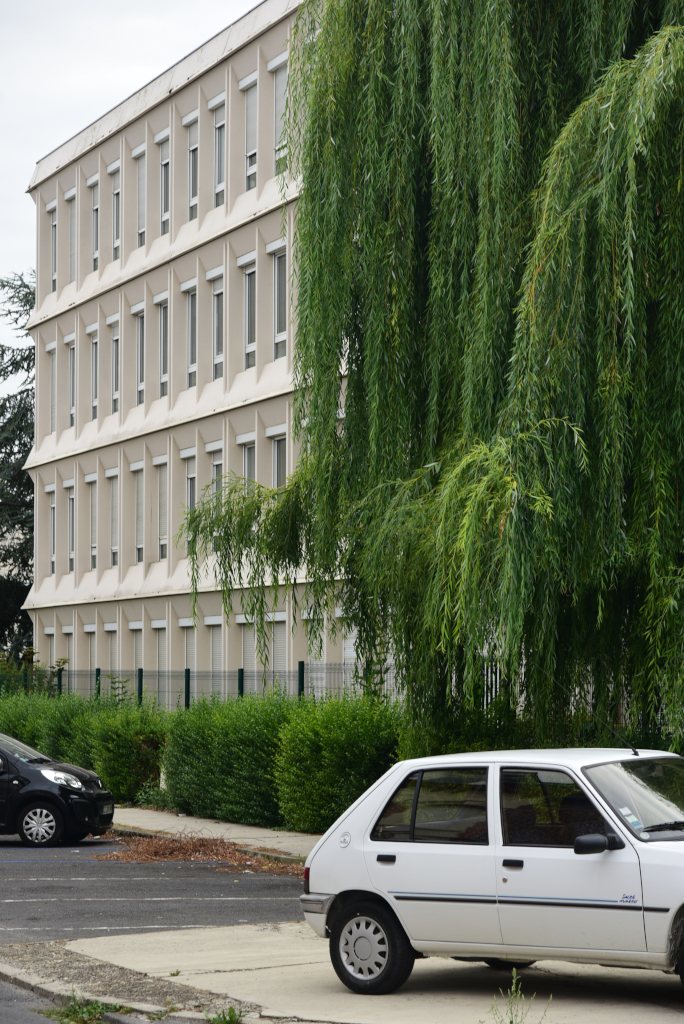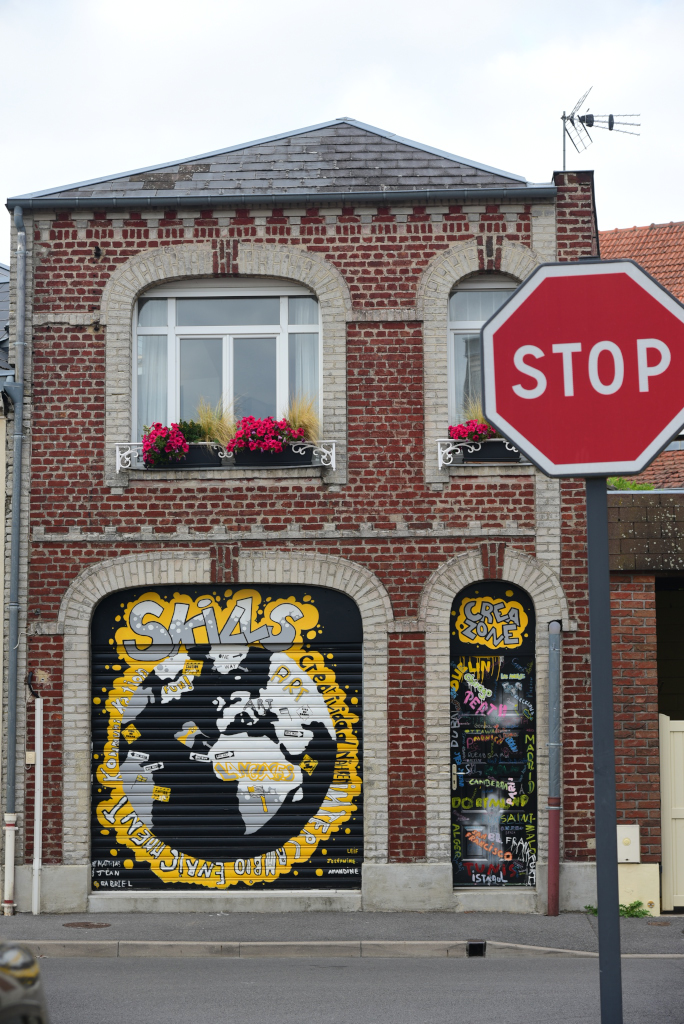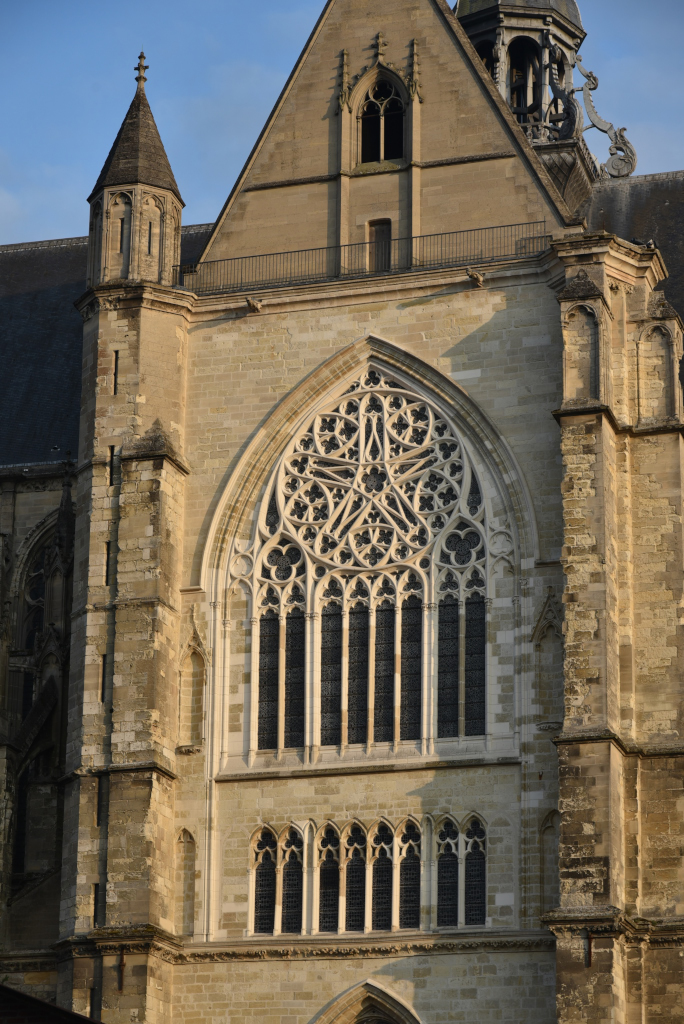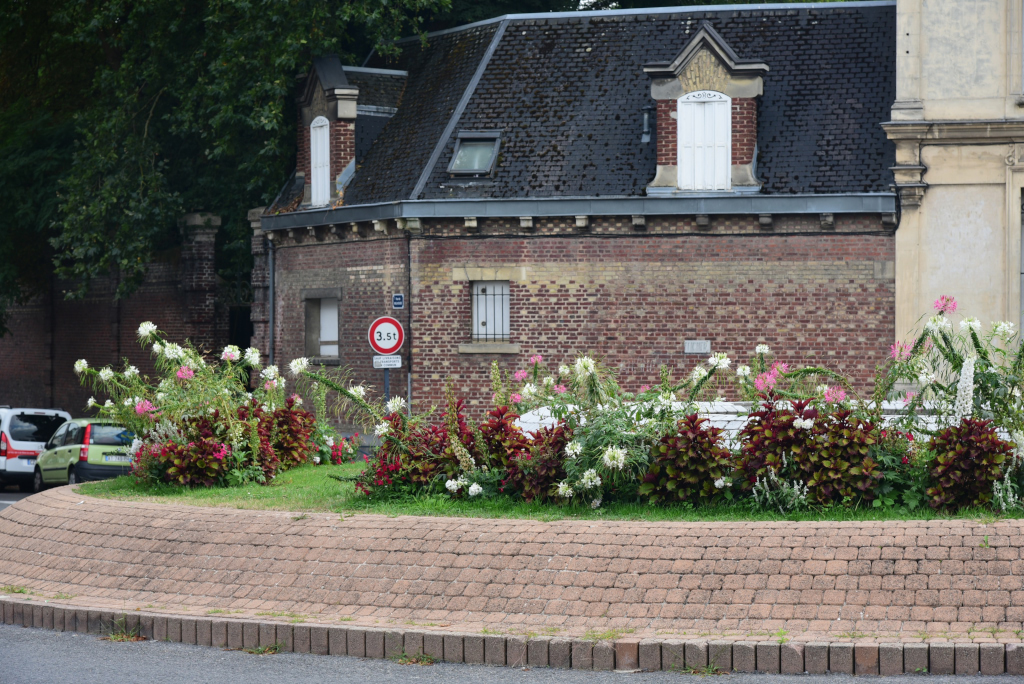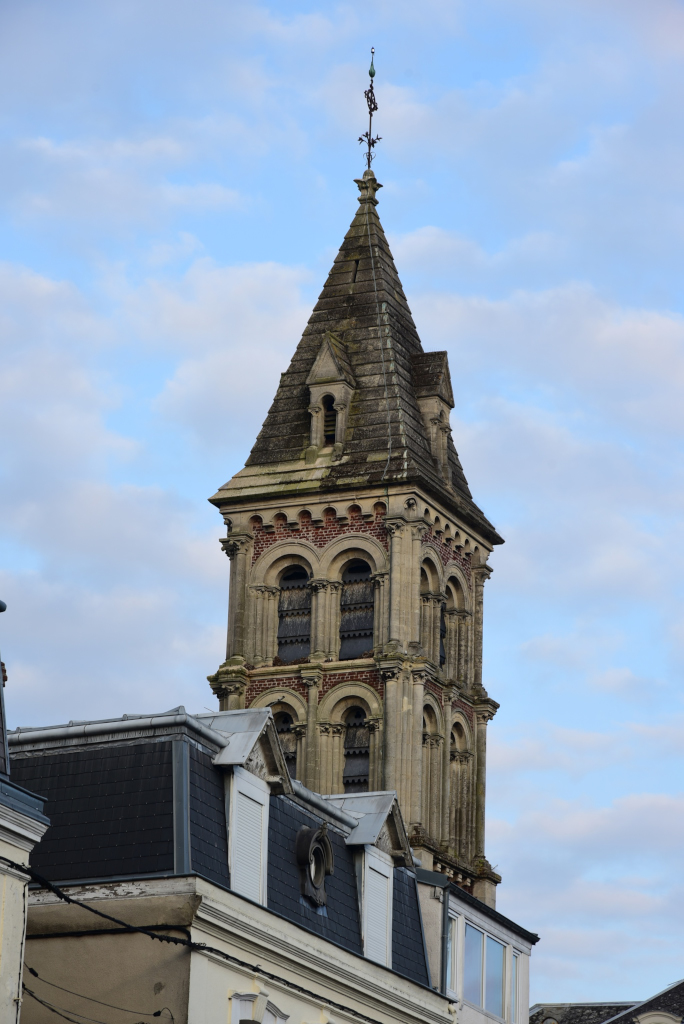August 20, 2018
The day is devoted to meandering through the less ostentatious residential areas surrounding the core of Saint Quentin, somewhat innocuous, but rich in minor charms.
On a preceding day of my visit, I had the opportunity to stay in the spacious, overly cluttered home of a friend of my Saint Quentin AirBnB host, and as such a taste of the country sunshine and green, in addition to a copious amount of the sweet and tasty small golden mirabelle plums from the trees in her spacious backyard.
Some more notes on the history of Saint Quentin. In 1870, during the Franco-Prussian War, the population initially repelled the Prussians, but the city fell during the Prussians’ second offensive. The First World War hit St Quentin very hard, the town evacuated, systematically looted and industrial equipment removed or destroyed, and much of the buildings (including the Basilica of Saint-Quentin) damaged.
Despite national support, the reconstruction process was long, and the city struggled to regain its pre-1914 dynamism. The 1911 population of 55,000 was achieved again only in the mid-1950s, in the context of general economic expansion. This prosperity continued until the mid-1970s, when the French textile industry began to suffer through competition from developing countries.
(Narrative excerpted from Wikipedia)




